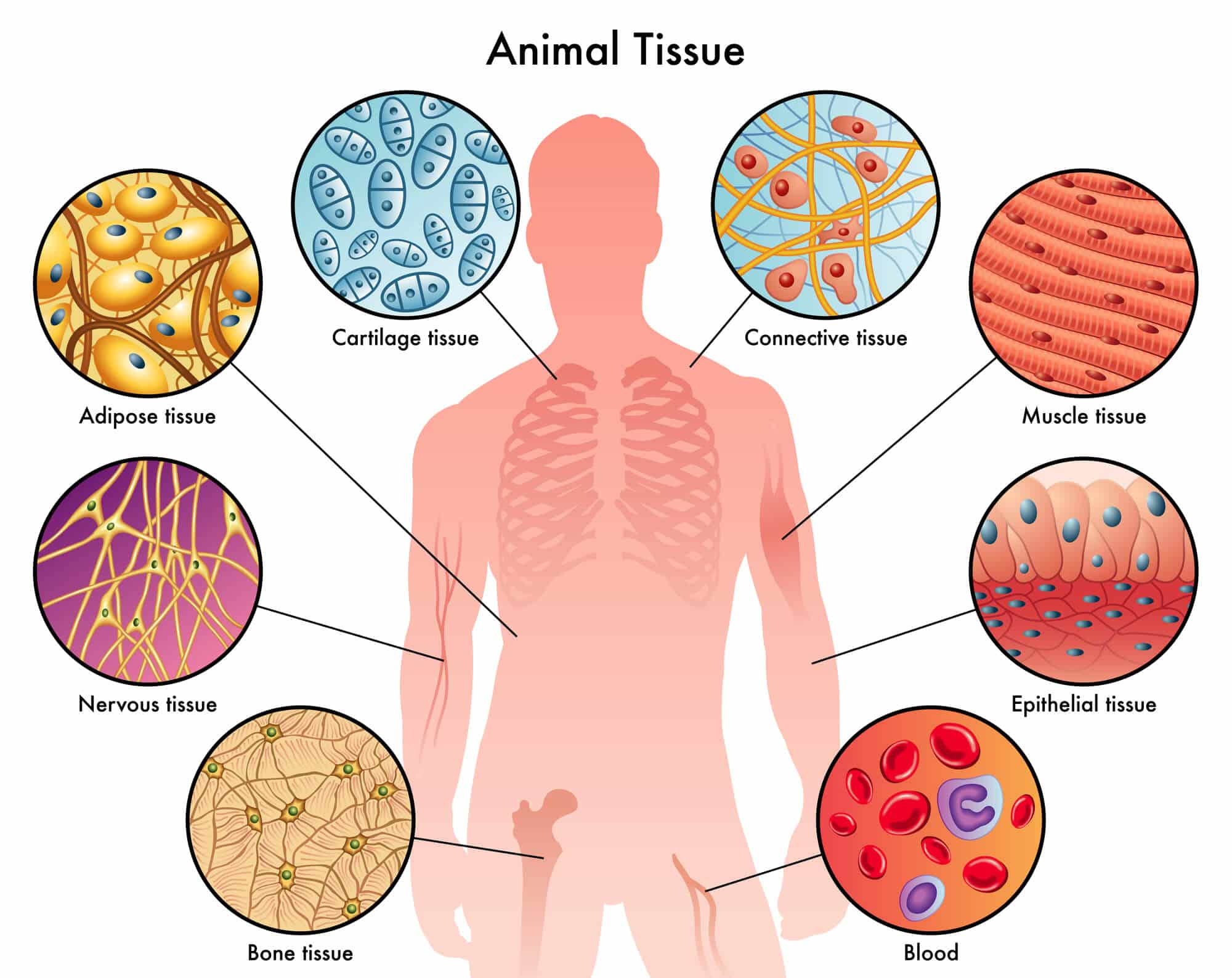Researchers at the Technion and their partners abroad present an outline for significant breakthroughs in deciphering the protein profile of a single cell, something that will advance the field of personalized medicine. Review Article of the international research group, which was recently published in the journal Nature Methods, describes the newest developments in these fields

Identifying the genetic profile of individual cells has great research and practical value, and the achievements in this field help to understand the great variation between different cells. However, unlike the successes in the profile study the genetic of a single cell, deciphering the profile the protein of the single cell has so far been an unrealized goal. This is a very significant goal not only from a research point of view but also from a clinical point of view, since accurate mapping of proteins makes it possible to diagnose diseases at an early stage, when the level of proteins is still too low to be detected by the existing means. Such mapping may also help in distinguishing between different cancerous tumors and thus adapt optimal treatment to the specific tumor.
The collaboration that led to the present article began at an international conference chaired by Prof. Amit Meler from the Faculty of Biomedical Engineering, one of the main authors of the article. The conference, SMPS19 (Single Molecule Proteins Sequencing), was held in Jerusalem in 2019.
In an article in Nature Methods, the researchers describe the future technologies of protein sequencing and identification at the single molecule level alongside innovations in existing methods such as mass spectrometry. The Meler lab at the Technion develops, for example, nanometer sensors that include nanochannels and nanonozzles that enable direct sensing of individual proteins (see figure). The proteins are labeled with dyes, and when they flow through the sensor, a sophisticated optical system reads the markers. The optical signal is processed and analyzed in a system based on deep learning, which was also developed in the laboratory, and thus the identification of the protein is possible. In Prof. Meller's estimation, this ability will enable the identification and quantification of most of the proteins in the tested sample and the production of the protein profile of the sample - including proteins that are not found in a high proportion. "In the future, this technology and technologies like it will lead to a deeper understanding of biological processes and the development of particularly sensitive medical tests that will enable early diagnosis of a variety of diseases."

The technical research was led by Prof. Amit Meler, and the article is also signed by Dr. Xander van Koten and PhD student Sheila Ohion, researchers at the Faculty of Biomedical Engineering. The research was supported by the European Union (ERC grant under the Horizon 2020 program of the European Commission for Research in the European Union), the National Science Foundation (ISF) and the Azrieli fellowship program.
for the article in the journal Nature Methods
More of the topic in Hayadan:
